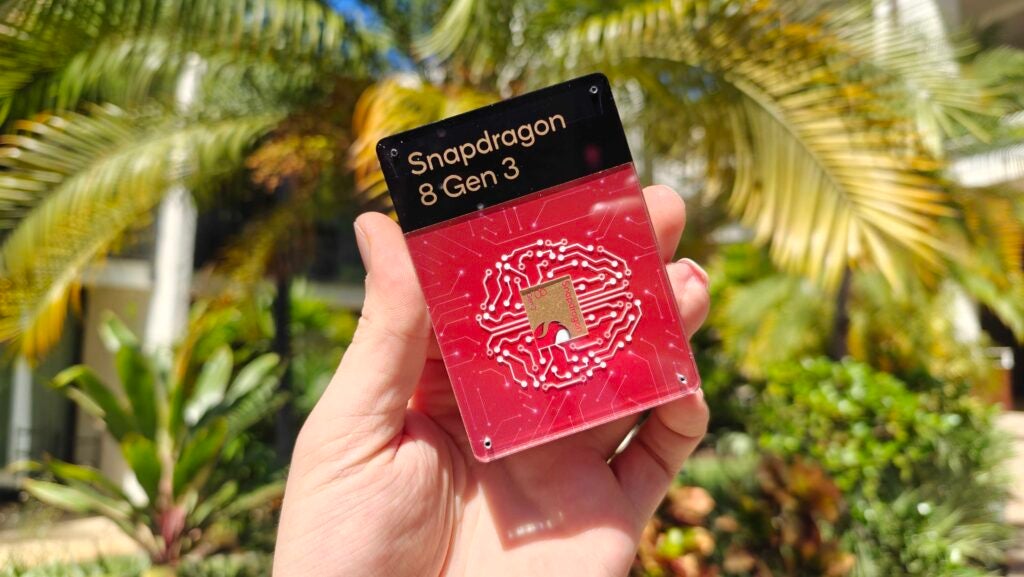OPINION: Qualcomm has kicked off MWC 2024 with a bang, with a range of GenAI-focused announcements, a new Wi-Fi chipset for mobile devices, new on-device GenAI demos and much more.
While much of this is focused on the MWC expo in Barcelona this week, including on-site demos of the first large multimodal model running entirely on an Android phone and more, one announcement in particular caught my attention.
That was the announcement of the Qualcomm AI Hub, a new resource aimed at third-party Android developers. In essence, the AI Hub looks to be a one-stop shop for integrating GenAI features into third-party apps designed for use either on Snapdragon-powered devices (like the Galaxy S24 Ultra) or wider use across supported Qualcomm platforms.
Granted, it doesn’t sound that exciting on the surface, but this is a huge step forward for GenAI. That’s because up until this point, much of the GenAI functionality we’ve seen on phones like the Galaxy S24 range and, more recently, the Honor Magic 6 Pro is focused on OS-level integration. There’s still a distinct lack of apps that take advantage of the on-device GenAI processing that 2024 flagships are capable of.
That’s what Qualcomm is hoping to change with the introduction of the AI Hub.
Qualcomm claims that it has a large library of over 75 AI models that makes referencing up to 4x faster than current online repositories. That includes popular GenAI uses like image generation, image classification, low-light enhancement, object detection, text generation and natural language understanding just to name a few.
This could mean that popular apps like TikTok could soon integrate a much more natural way to search for and maybe even edit videos, and it could also enable photo-focused apps like Snapchat or Instagram to use generative fill effects to enhance the look of captured photos – much in the same way as Adobe with its latest Photoshop beta, but all on-device on your smartphone. That makes it, in theory at least, much faster and more secure than uploading content to the cloud.


Of course, that’s just pure speculation on my part, but it does at least give you an idea of the kinds of things that third-party apps on Android will soon be able to do. It should also give consumers another reason to opt for a GenAI-compatible phone like the Galaxy S24 or OnePlus 12.
Qualcomm claims that the process is pretty simple for developers too; simply select the AI model you’d like to use, select the target platform – this can be device-specific or platform-specific – and click Deplayoment. You’ll then be provided with code that can be integrated into your Android app to make use of GenAI.
It has also committed to making its resources available on other popular online platforms like GitHub, which should hopefully make for more widespread adoption of GenAI on mobile – when it comes to Android devices, anyway.
I, for one, can’t wait to see what Android developers can do with this huge new processing resource, and I’ll certainly be keeping my eyes peeled on Google Play over the next few months.

